Understanding the Threats to Hawaii's Natural Landscapes
Introduction to Hawaii's Natural Beauty
Hawaii is known for its stunning landscapes, from lush rainforests to volcanic craters and pristine beaches. These natural environments are not just beautiful but are also home to unique ecosystems and species found nowhere else on Earth. Understanding the threats to these landscapes is crucial for their preservation and the well-being of future generations.
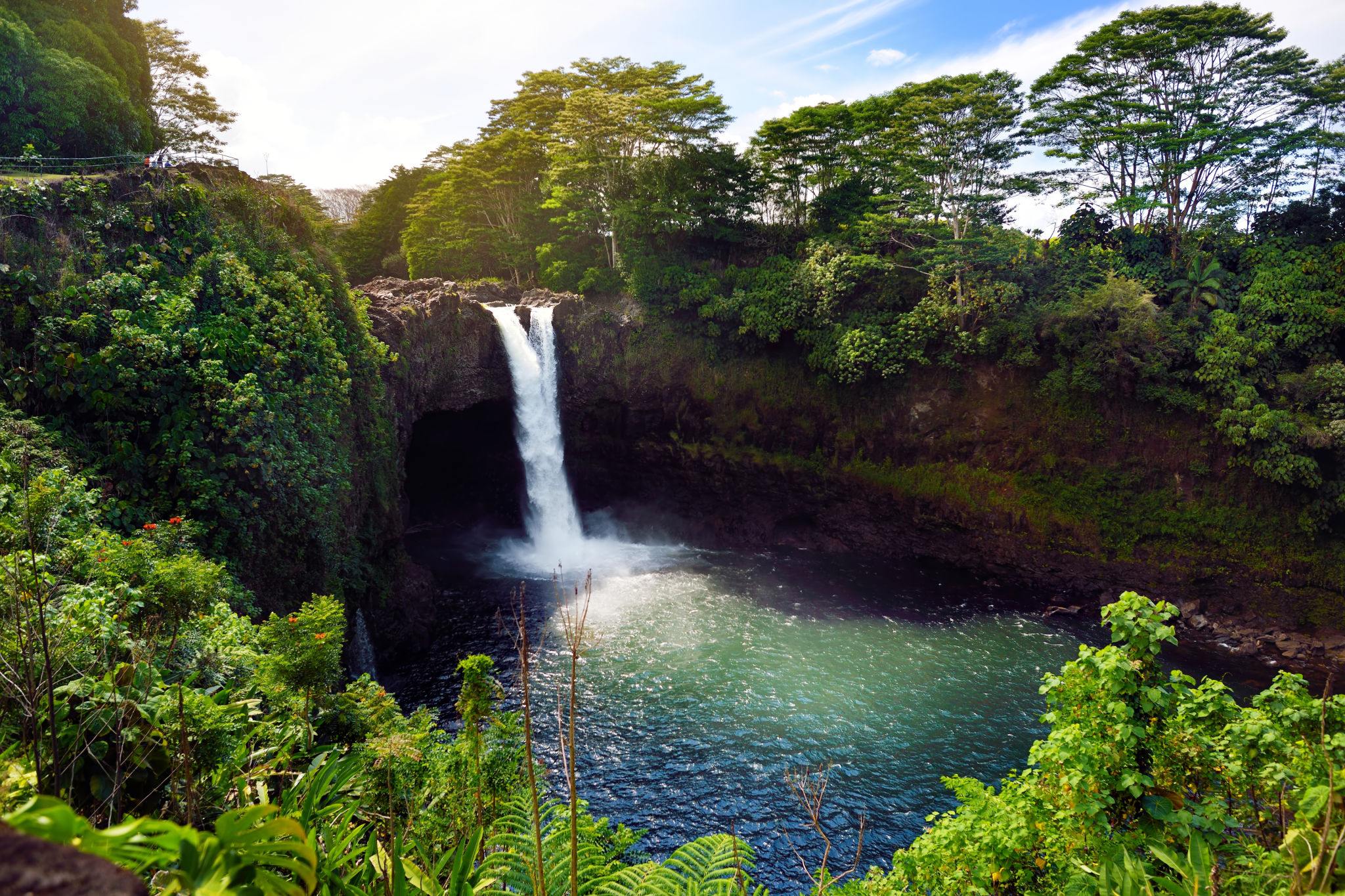
Invasive Species: A Growing Concern
One of the most significant threats to Hawaii's natural landscapes is the introduction of invasive species. These non-native plants and animals disrupt local ecosystems, often outcompeting native species for resources. Miconia, an aggressive plant species, is one such invader that has taken a toll on Hawaii's forests, altering soil composition and increasing erosion.
Efforts to manage and mitigate the impact of invasive species include
- regular monitoring of ecosystems
- public awareness campaigns
- and active removal projects.
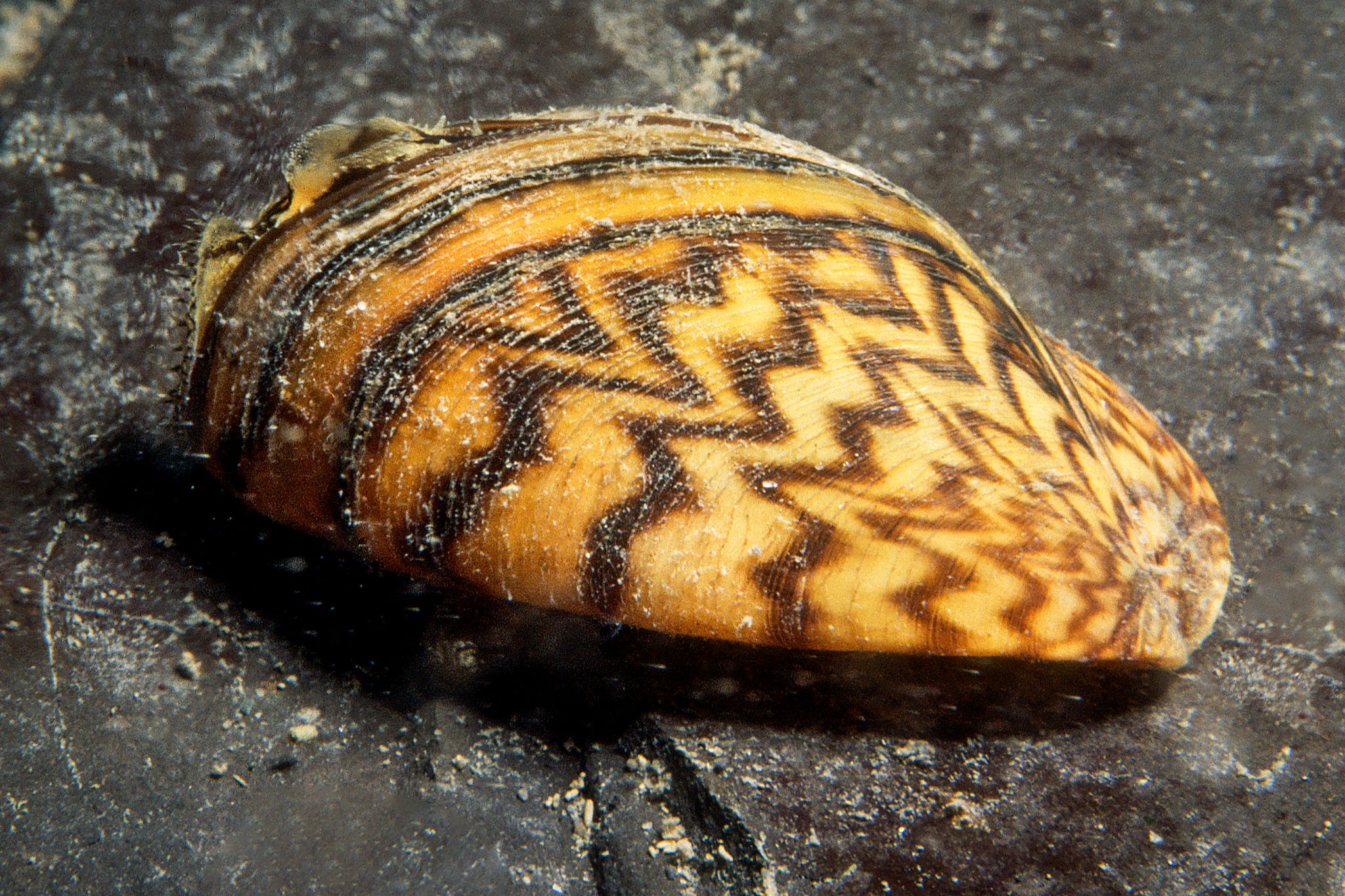
The Impact of Climate Change
Climate change poses a significant threat to Hawaii's natural landscapes by altering weather patterns and increasing the frequency of extreme weather events. Rising sea levels threaten coastal areas, eroding beaches and endangering marine life. Coral reefs, essential for marine biodiversity, are especially vulnerable to ocean warming and acidification.
Adaptation strategies are being developed to combat these challenges, such as
- restoring native vegetation
- implementing sustainable land-use practices
- and enhancing coastal resilience.
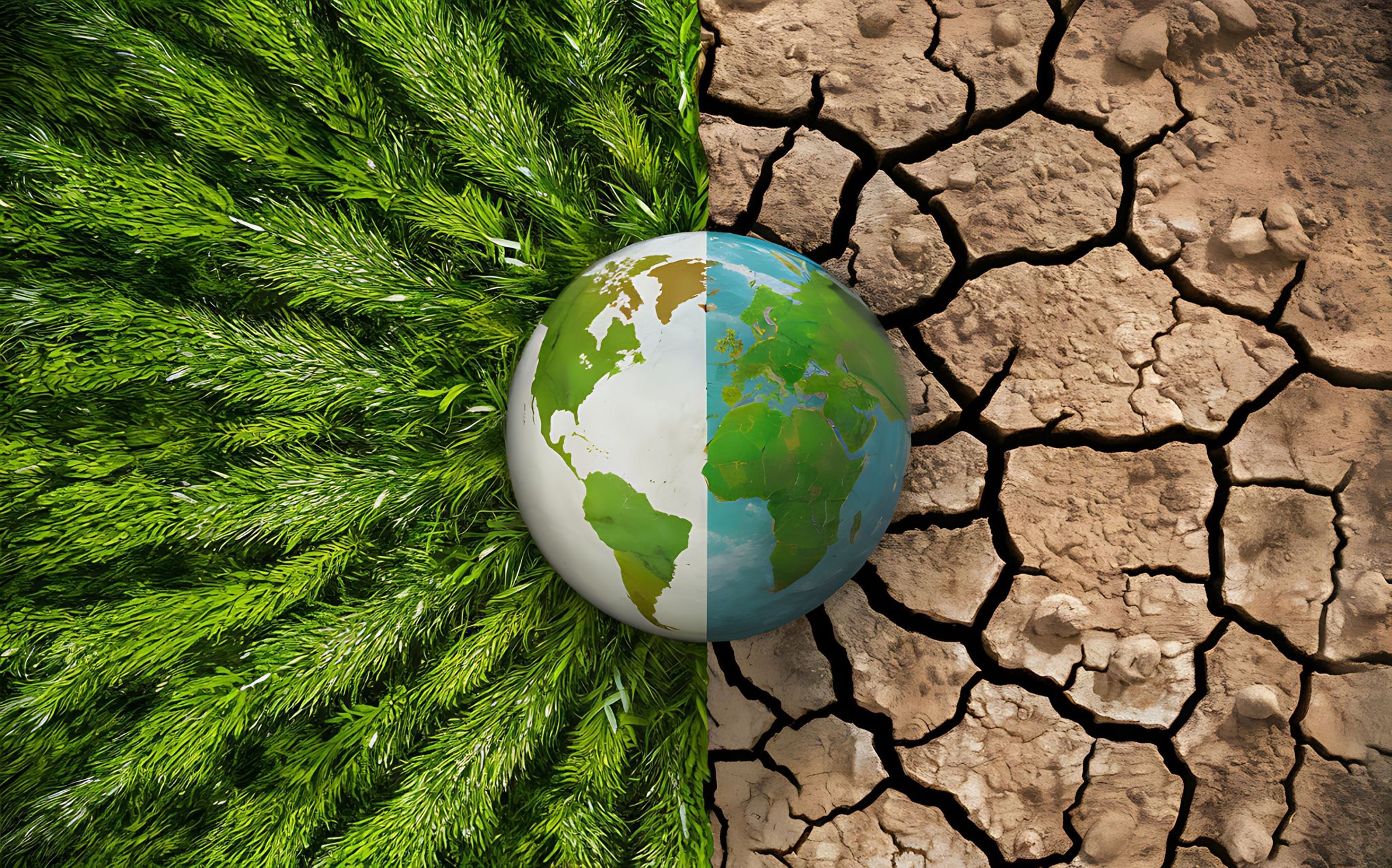
Urbanization and Development Pressures
The allure of Hawaii's natural beauty has led to increased urbanization and development, exerting pressure on the islands' delicate environments. Construction projects often encroach on previously untouched areas, leading to habitat loss and fragmentation. The expansion of infrastructure also increases pollution levels, posing further risks to wildlife and ecosystems.
Balancing development with environmental conservation requires careful planning and the implementation of strict regulations. Community input and sustainable practices are essential in ensuring that growth does not come at the expense of Hawaii's natural heritage.
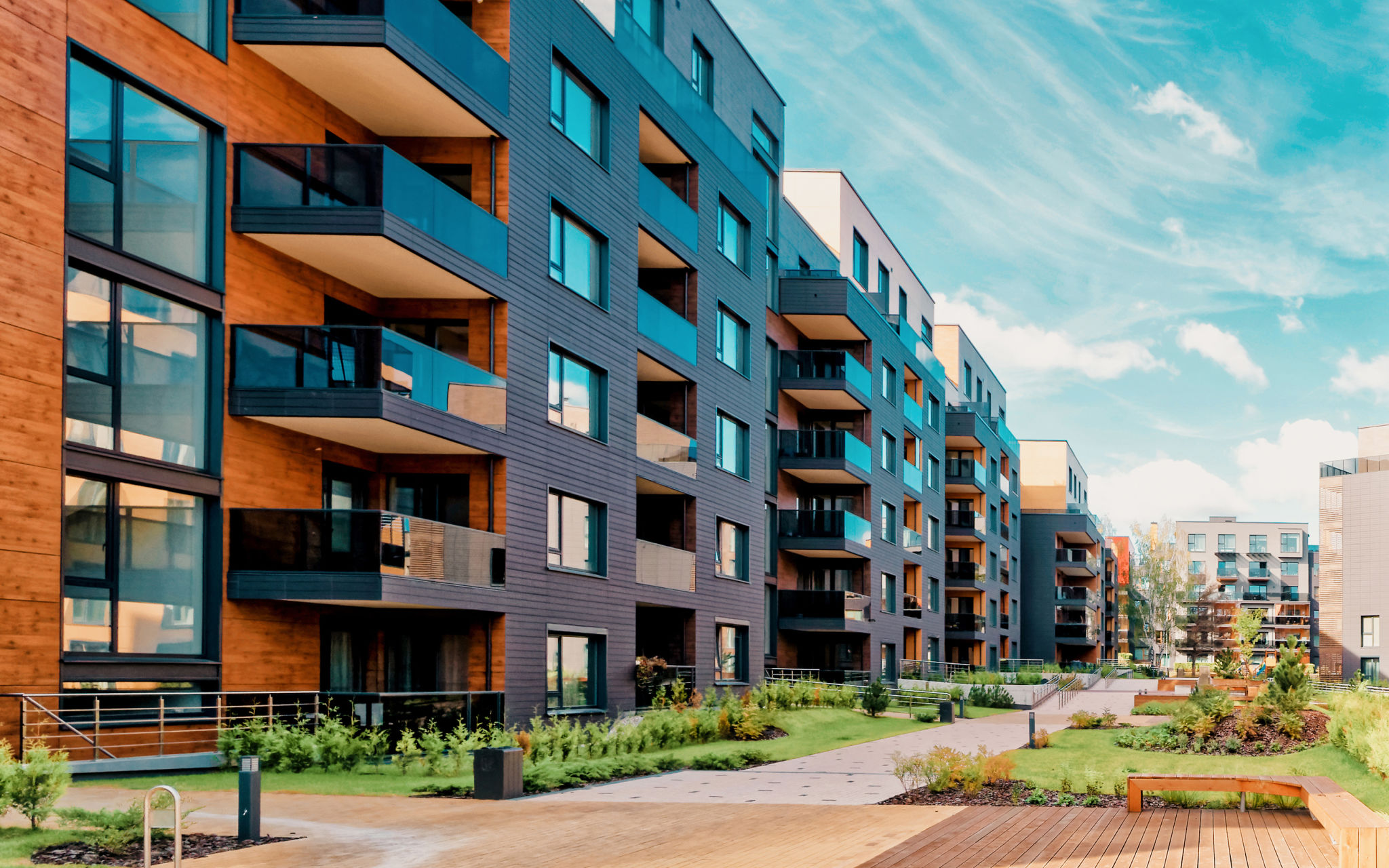
Preservation Efforts and Community Involvement
Preserving Hawaii's unique landscapes involves a collective effort from both government bodies and local communities. Conservation programs aim to protect endangered species, restore native habitats, and promote sustainable tourism practices. Education plays a critical role in fostering a sense of stewardship among residents and visitors alike.
Community-driven initiatives have proven effective in raising awareness and mobilizing support for environmental causes. By participating in local conservation efforts, individuals can contribute to the protection of Hawaii's natural landscapes for generations to come.
The Role of Technology in Conservation
Advancements in technology are providing new tools for conserving Hawaii's natural landscapes. Remote sensing and geographic information systems (GIS) allow for better monitoring of environmental changes, helping scientists and conservationists respond more effectively to threats.
Drones are increasingly used for surveying hard-to-reach areas, while apps enable citizen scientists to report sightings of invasive species or endangered wildlife. Embracing these technologies can enhance conservation strategies and improve outcomes for Hawaii's fragile ecosystems.
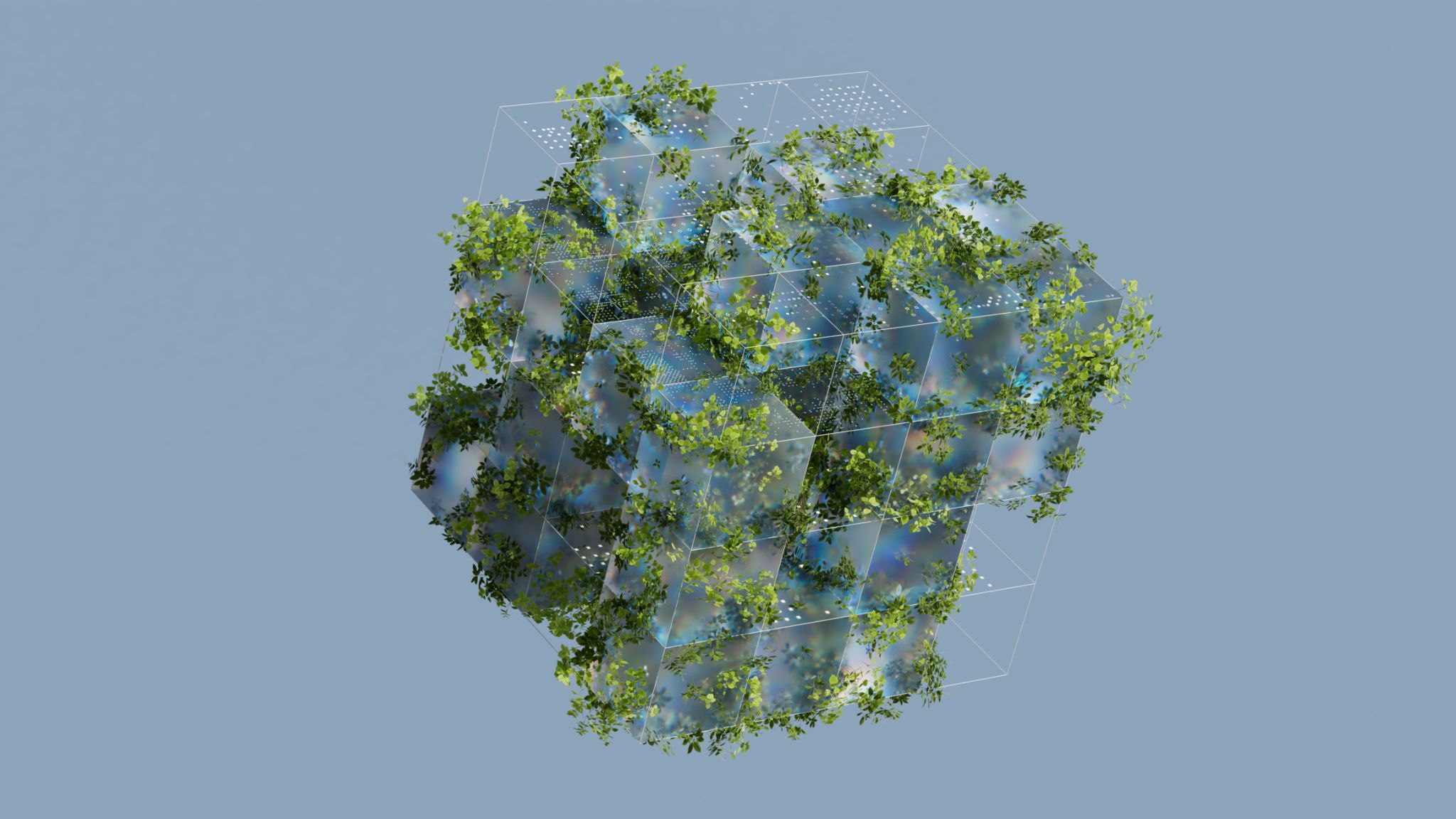
A Call to Action for Future Generations
The importance of preserving Hawaii's natural landscapes cannot be overstated. These environments are not only vital for biodiversity but also hold cultural significance for the local communities. As we continue to face environmental challenges, it is imperative that we take action now to ensure their protection.
Education, community involvement, and innovative solutions are key components in addressing the threats to Hawaii's natural landscapes. By working together, we can help maintain the beauty and integrity of these unique environments for future generations to cherish.